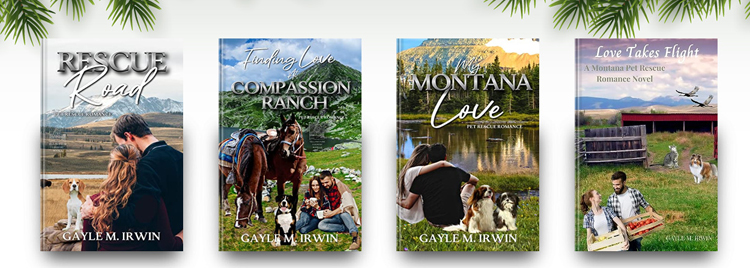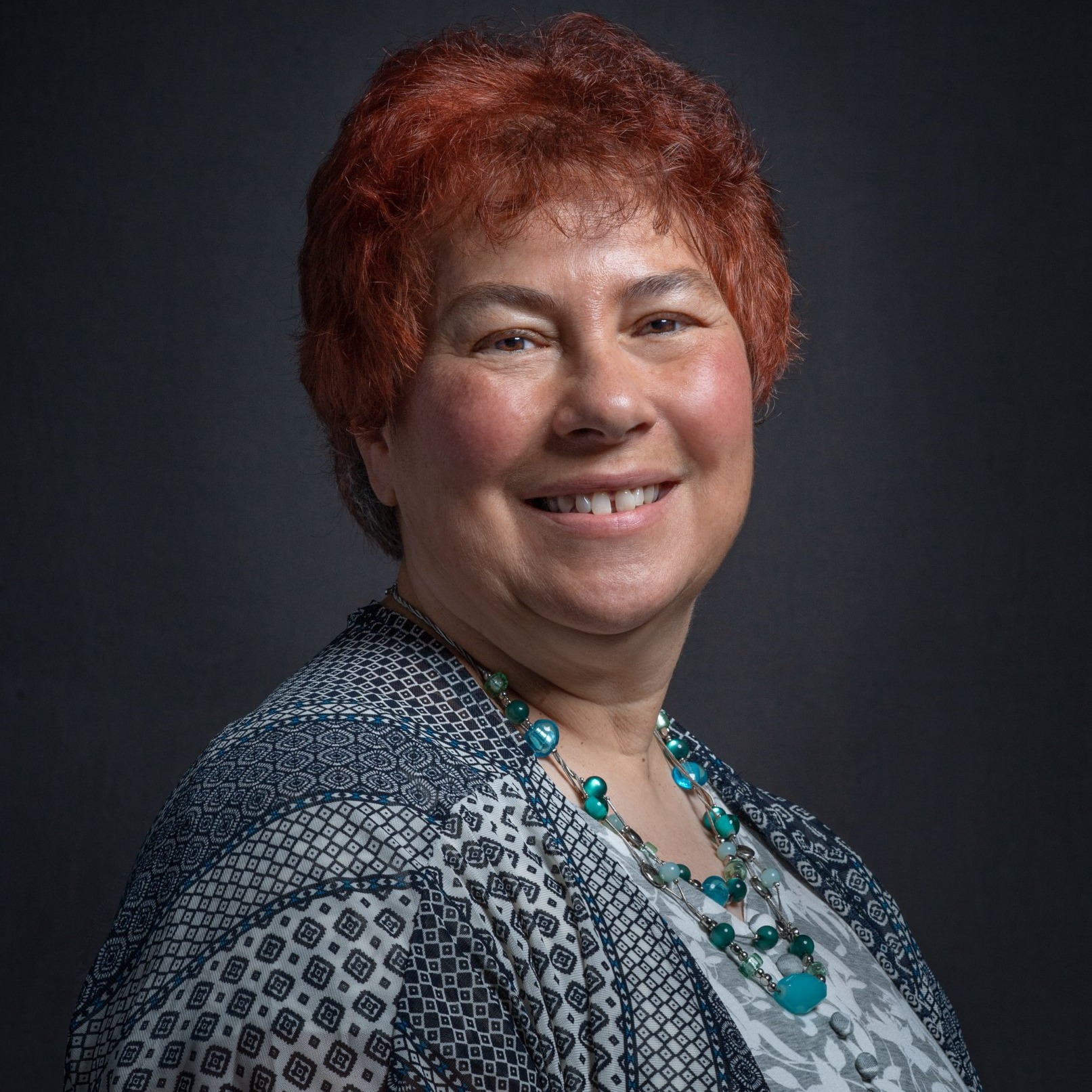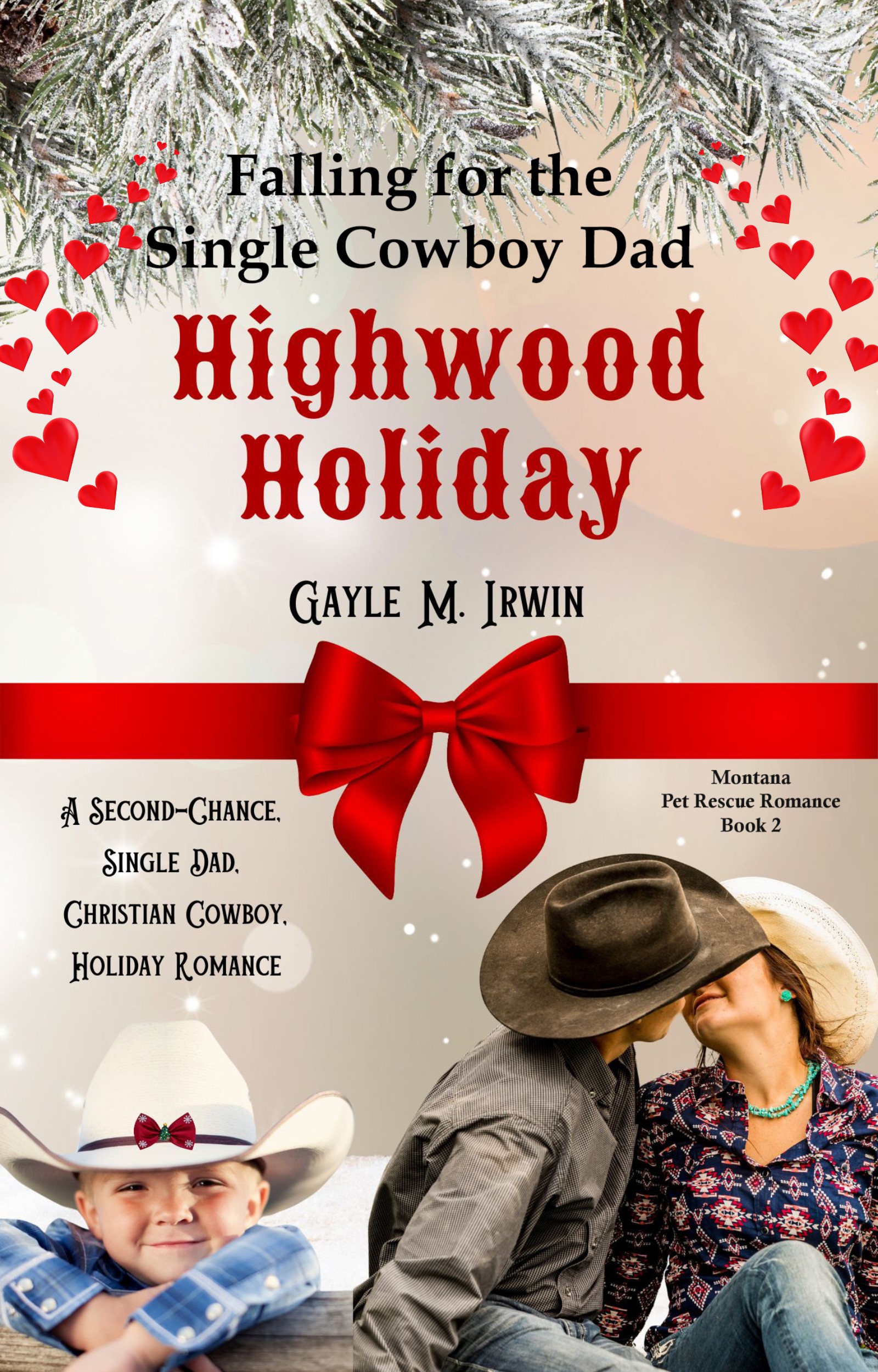A Call to Compassion - America's Wild Horses
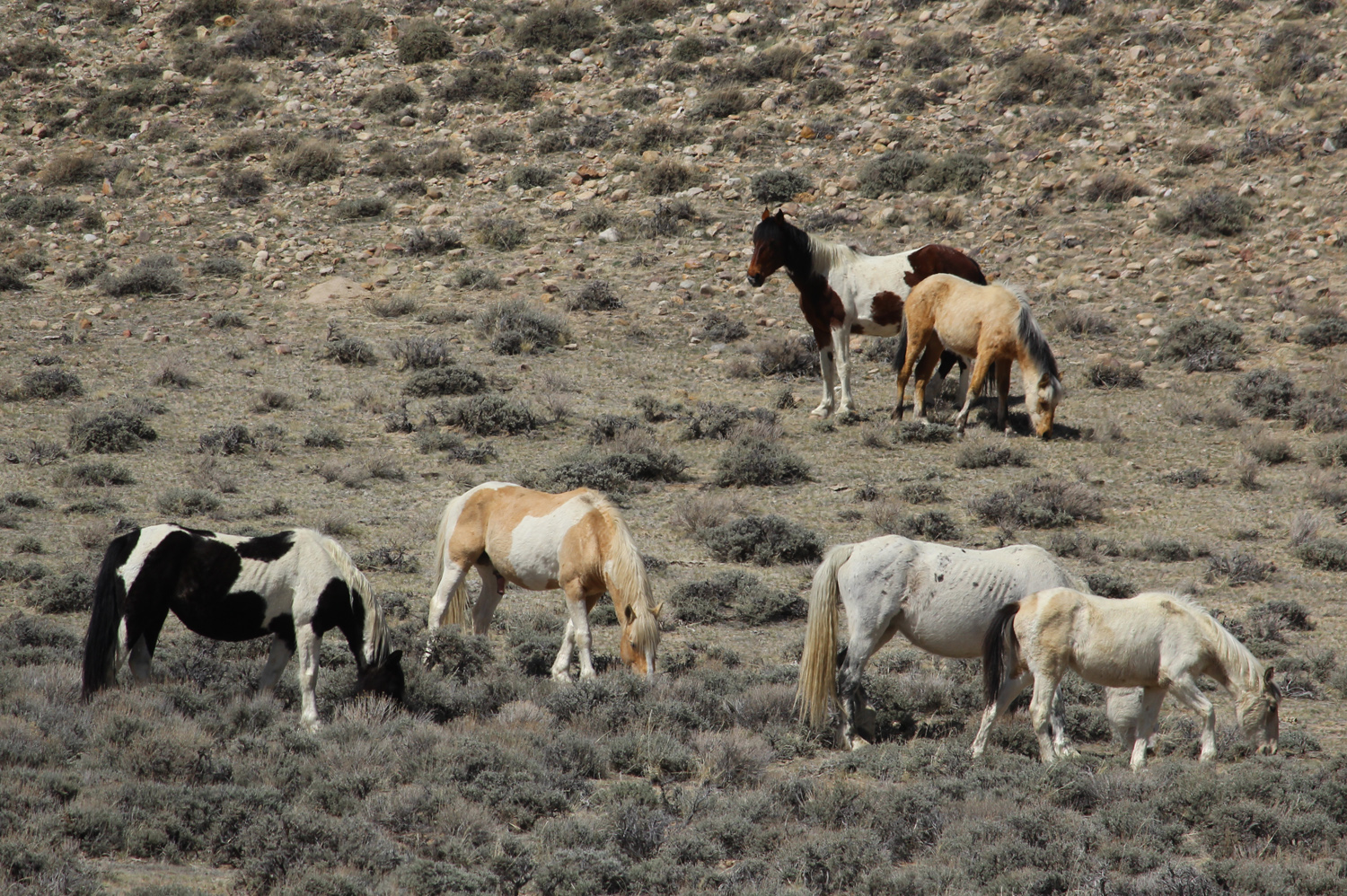
They grace the prairies, deserts, and forests of Western America. They stand proudly in landscapes where generations have resided for hundreds of years. Ears twitch, manes and tails blow in the breeze, eyes gaze across vistas, canyons, and mountains. They are colorful, they are plain. No matter what shade of brown, white, or speckled, they are majestic. And they are in peril.
Herds in several states, including Wyoming where I live, experience the terror of being rounded up, oftentimes by use of helicopter, and put into holding pens. Some will be adopted by kind, caring people. Others will also be adopted, but eventually find their ways to auctions and slaughter houses. And in Wyoming, where I live, there's a plan to completely eliminate entire herds from places once designated as areas for the horses, where residents and visitors could enjoy viewing these magnificent animals that have only known freedom.
Herd Elimination
The Bureau of Land Management (BLM), a federal agency in charge of such protection, plans a massive round-up of wild horses this year, and in Wyoming, that includes removing all wild horses from certain Herd Management Areas, amounting to nearly 6,000 of these majestic creatures. Why? Because ranchers want to graze their cattle on public lands, and they don’t want the horses competing with their cattle for food. Where once they were willing to share the landscape, including some of their own property, with wild horses, that is no longer the case.
Part of the problem stems from certain areas where wild horses live that adjoin private land, and at times, the horses wander from the public to the private lands. It’s known as a “checkerboard,” and without fences, the horses and cattle mingle. So why no fences? I don’t know the answer to that except to say it’s likely a money issue. However, the cost of roundups, in particular those that use helicopters, is certainly not cheap, and as often as the roundups happen, millions, perhaps billions, of dollars are expended.
Why not take that money and invest it in fences, keeping wild horses off private land? And why can’t public land be shared with the wild horses? Ranchers don’t own public land, even if they want to — public lands belong to every American, including America’s wild horses.
Some of those areas that call for elimination are home for what is known as "curly mustangs," wild horses, those with curly coats and manes. These unique horses are found in only two areas of Wyoming, one of which is designated as a site of complete removal of wild horses by the Bureau of Land Management.
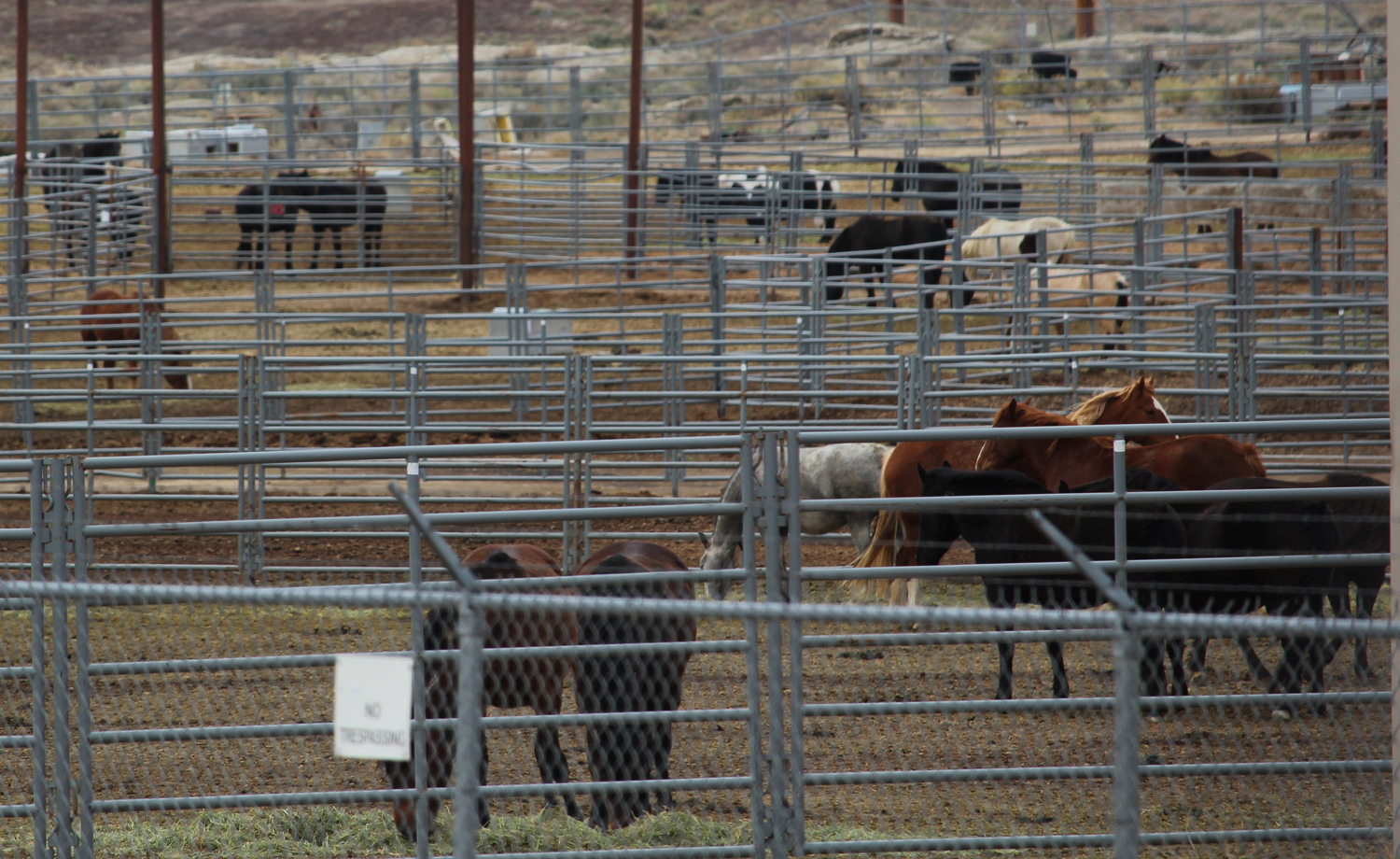
The Beginning of the End
In 2011, the Rock Springs (Wyoming) Grazing Association sued the BLM over wild horses and eventually won. That judge’s decision has been appealed by wild horse advocates and organizations. However, the BLM has since changed its plan for several of Wyoming’s Wild Horse Management areas, and recently issued a report on roundups for 2025, even while the litigation continues, including complete removal of horses in several herd management areas.
Some call America’s western wild horses “feral.” However, how can one be feral when one has never been domesticated? Perhaps during the 1880s to the 1930s, their ancestors once lived in pastures, barns, and stalls, but the horses that range on U.S. public lands today have only known wildness and freedom. Federal agencies authorized to care for and manage wild horses are now eliminating them from lands the horses call home, most of which are public lands, owned by the people of the United States, not just select groups. However, in the cheerleading section of the new elimination policy stand stock growers, ranchers, and their associations, “specialty groups” that use public lands to graze their herds of sheep and cattle.
Wild Horses and Burros Act
Western wild horses are part of America’s cultural and natural history. Historical records show horses have been part of the American landscape for centuries, and an article in Smithsonian Magazine recounts a study that places horses into the lives and cultures of Indigenous people long before European settlers arrived.
The U.S. Congress passed the Wild Free-Roaming Horses and Burros Act in 1971. This law states, “Congressional findings and declaration of policy Congress finds and declares that wild free-roaming horses and burros are living symbols of the historic and pioneer spirit of the West; that they contribute to the diversity of life forms within the Nation and enrich the lives of the American people; and that these horses and burros are fast disappearing from the American scene. It is the policy of Congress that wild free-roaming horses and burros shall be protected from capture, branding, harassment, or death; and to accomplish this they are to be considered in the area where presently found, as an integral part of the natural system of the public lands.” (bold lettering mine)
That protection from capture, harassment, branding, and death has been, and continues to be, non-existent.
The Wyoming BLM currently has a plan to remove all wild horses from certain public lands in the southwestern part of the state. The agency is accepting comments on their planned action. The public has opportunity to comment; the deadline is April 30.
Use this website to leave your thoughts:
https://www.blm.gov/announcement/blm-seeks-input-proposed-rock-springs-wild-horse-plan
While the federal agency pushes for removal of these magnificent creatures from lands originally designated as Herd Management Areas, a group of wild horse advocates continues to fight in court.
Costs to Horses and to States
I took a nature drive on Sunday, hoping to glimpse a few wild horses on the Wyoming landscape. I couldn’t believe that I spotted more than 60 in a five-mile stretch – that has never happened to me, and I felt immense joy from those encounters. One group, far off from the highway, had a foal, which I saw through the binoculars I carry in the car. Another small herd had a yearling that I was able to capture on camera. My heart beat as fast as a wild herd running as I viewed the 30+ horses in this particular area grazing on a hillside.
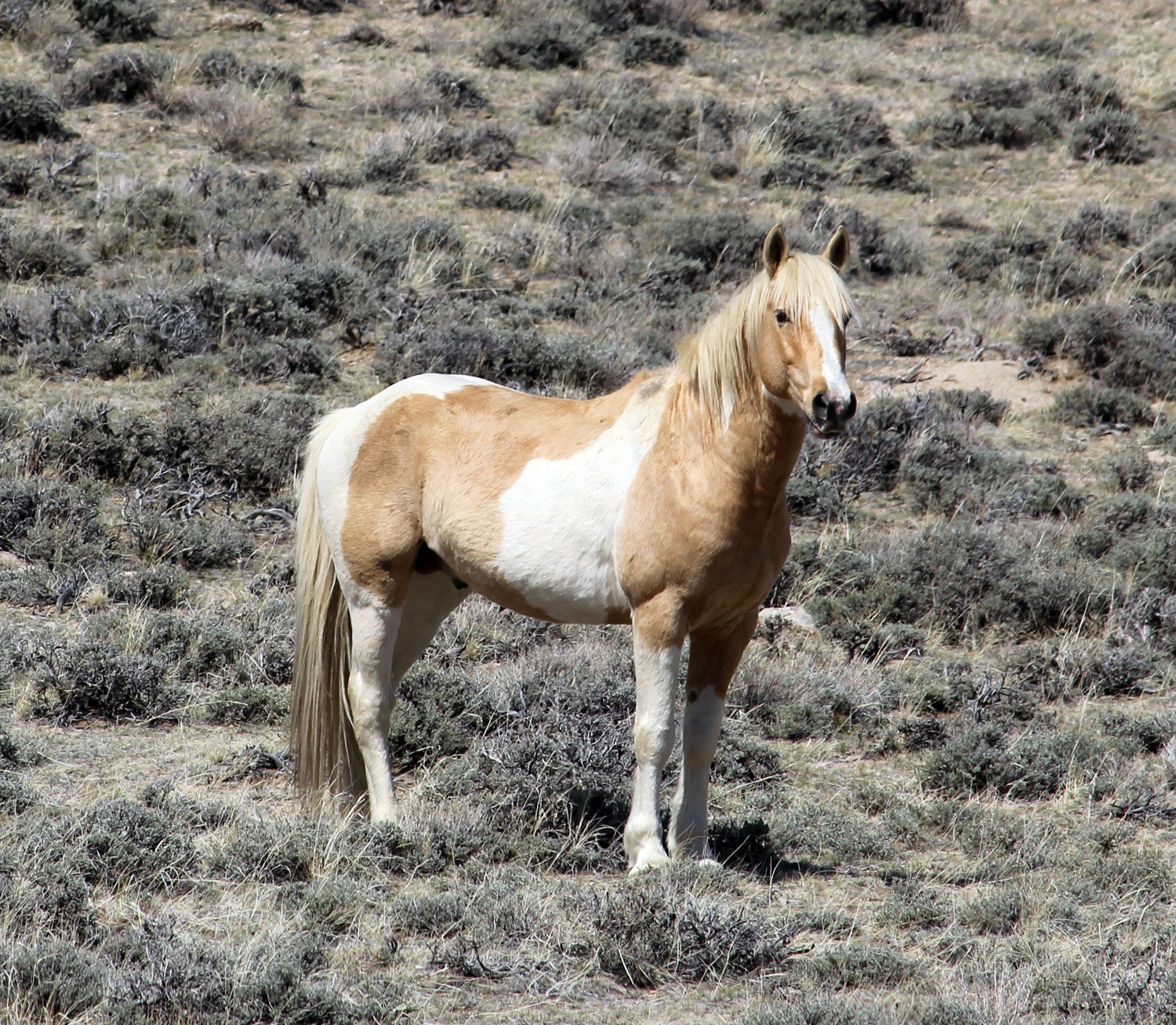
In addition to the price tag for roundups, using helicopters and contractors, there’s an additional cost that few people seem to care about, and that’s the mental and physical stress upon the horses (and perhaps even on the BLM personnel who conduct and witness the roundups). Many horses die during these events. They suffer broken legs, broken necks, and other injuries. Family groups are separated, even at times, mothers from their foals.
There are also reports of wild horses and burros being shot. To my knowledge, no arrests have been made. If these animals live on public lands, that is their right. Public lands belong to everyone and to every creature that calls these places home. Although there are areas where numbers of wild horses can impact the food sources, there are ways to keep horse populations in check and not conduct harassing, frightening, death-infused roundups. One of those options is to implement fertility treatment on mares, and in Colorado, success is being found, thanks to a committed group of volunteers.
Why can’t the same be done in Wyoming? That's a good question to ask federal and state legislators and agency personnel.
A cost not often considered is the money that eco-tourism, including viewing and photographing wild horses, brings to states. My drive on Sunday added a few dollars to a Wyoming county after I bought gas. Friends in the area purchased food and drink for the three of us, also adding to the county’s coffers. Visitors to the state would likely contribute even more money.
In fact, Wyoming alone saw travel spending in the state in 2024 increase over 2023 by more than one percent, totaling 4.9 billion dollars and tax receipts up by 4.7 percent at 278 million dollars, according to the state’s Travel and Tourism Office. With thousands fewer wild horses in the state, and therefore, less opportunities to view and photograph these animals, the state and its communities and counties could experience a significant drop in visitation and therefore, in revenue.

draw visitors to Wyoming and other states who enjoy nature and its creatures. Photo by Gayle M. Irwin
Compassion, Not Cruelty
April is Prevention of Cruelty to Animals Month. Wild horse roundups are cruel activities. Helicopters chase the horses, creating fear and turmoil. Wranglers multiply that affect as they, too, chase the animals. Holding pens crowd the horses, some of which are from different bands and families, adding to the confusion and chaos. Many horses rush at the fencing, inflicting physical wounds, and the pandemonium creates additional physical and emotional stress. This is cruelty, not management, and certainly not compassionate.
Cruelty to animals is against the law, no matter what state one lives in. However, those laws apparently don’t apply to wild horses. Why not? That’s another good question to ask state and federal legislators.
If you care about animal welfare, consider what is happening to America’s wild horses. Speak up, stand up, and let’s put an end to the cruelty of roundups.
I also encourage you to check out these websites and Facebook pages to learn what is happening with wild horses, particularly in Wyoming:
https://americanwildhorse.org/
https://saveourwildhorses.net/wyoming-wild-horses.html
https://www.facebook.com/WildHoofbeats
https://www.facebook.com/FreeWildHorses
If you are a Christian as I am, remember to whom the beasts of the field, forest, and plains belong. God says in Psalm 50:10 and 11, “For every beast of the forest is mine, the cattle on a thousand hills. I know all the birds of the hills, and all that moves in the field is mine.” (Psalm 50:10 & 11 - ESV)
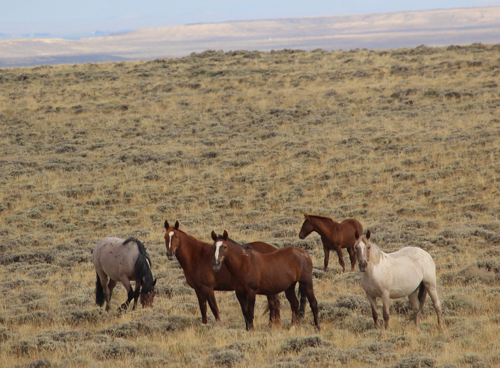
from their home on public land. Photo by Gayle M. Irwin
